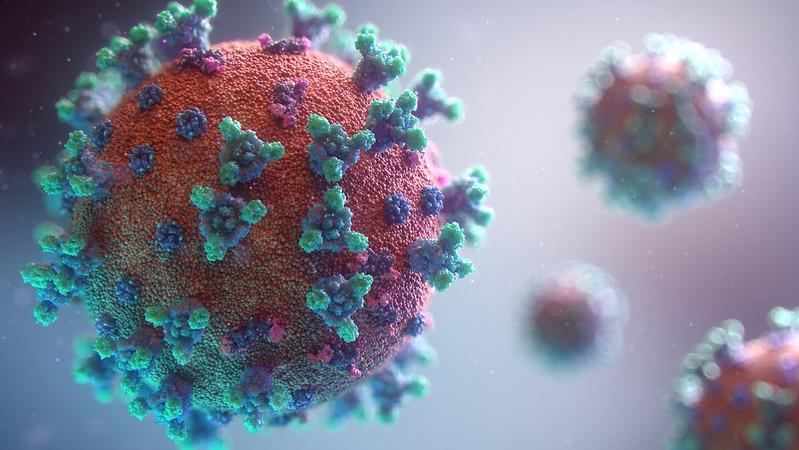Researchers at the University of Oxford published new findings yesterday in Nature suggesting as many as 1 to 3 out of every 100 COVID-19 infections in the United Kingdom persist longer than 30 days, and patients with persistent infections are 55% more likely to report developing long COVID.
Persistent infections have long been a concern to COVID-19 researchers, because people with prolonged infections tend to display a high number of viral mutations, making them reservoirs of new variants.
Previously, this concern focused on immunocompromised patients, but the new study suggests these types of long infections may be more common than previously thought.
The study was based on 3,603 participants who provided two or more positive viral samples for genomic sequencing from November 2020 through August 2022 as part of the Office for National Statistics COVID Infection Survey (ONS-CIS). The two positive tests to define persistent infections had to be taken at least 26 days apart.
54 people tested positive for 2 months or more
Of the participants, 381 had persistent infections, testing positive with the same virus for 30 days or longer, and 54 individuals had a persistent infection that lasted at least 2 months.
Of the persistent infections, 11 were caused by the Alpha variant, 106 Delta, 97 BA.1 and 167 BA.2—the last two of which are Omicron subtypes. Of note, the authors said, was one persistent BA.1 infection that lasted for at least 133 days, during which time 33 unique mutations were documented.
In about 30% of the persistent infections, researchers noted rebounding viral dynamics in patient samples, showing high, low, then high again viral load dynamics.
"In the absence of genetic information, they could have been misidentified as reinfections, depending on the definition used," the authors wrote.
Long-COVID rates higher with persistent infections
All study participants were asked about self-reported long COVID symptoms, or symptoms that lasted 3 months after initial infections. In the persistent infection group, 9% of respondents (32 of 356) self-reported long COVID at their first visit 12 weeks or longer since the start of infection, and 5.8% (19 of 326) reported long COVID at 26 weeks or longer, the authors said.
In the participants with non-persistent infections, only 5.4% (4,291 of 78,902) reported long COVID at their first visit 12 weeks or longer, and 4.1% (3,000 of 72,608) reported long COVID at 26 weeks or longer.
Although the link between viral persistence and long COVID may not be causal, these results suggest persistent infections could be contributing to the pathophysiology of Long COVID.
"Although the link between viral persistence and long COVID may not be causal, these results suggest persistent infections could be contributing to the pathophysiology of Long COVID," said co-author Katrina Lythgoe, PhD, in a University of Oxford press release. "Indeed, many other possible mechanisms have been suggested to contribute to Long COVID, including inflammation, organ damage, and micro thrombosis."




















